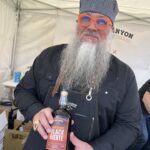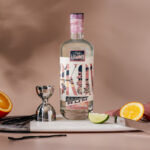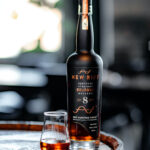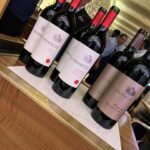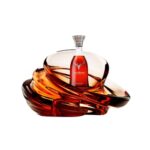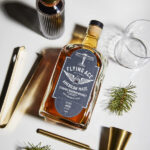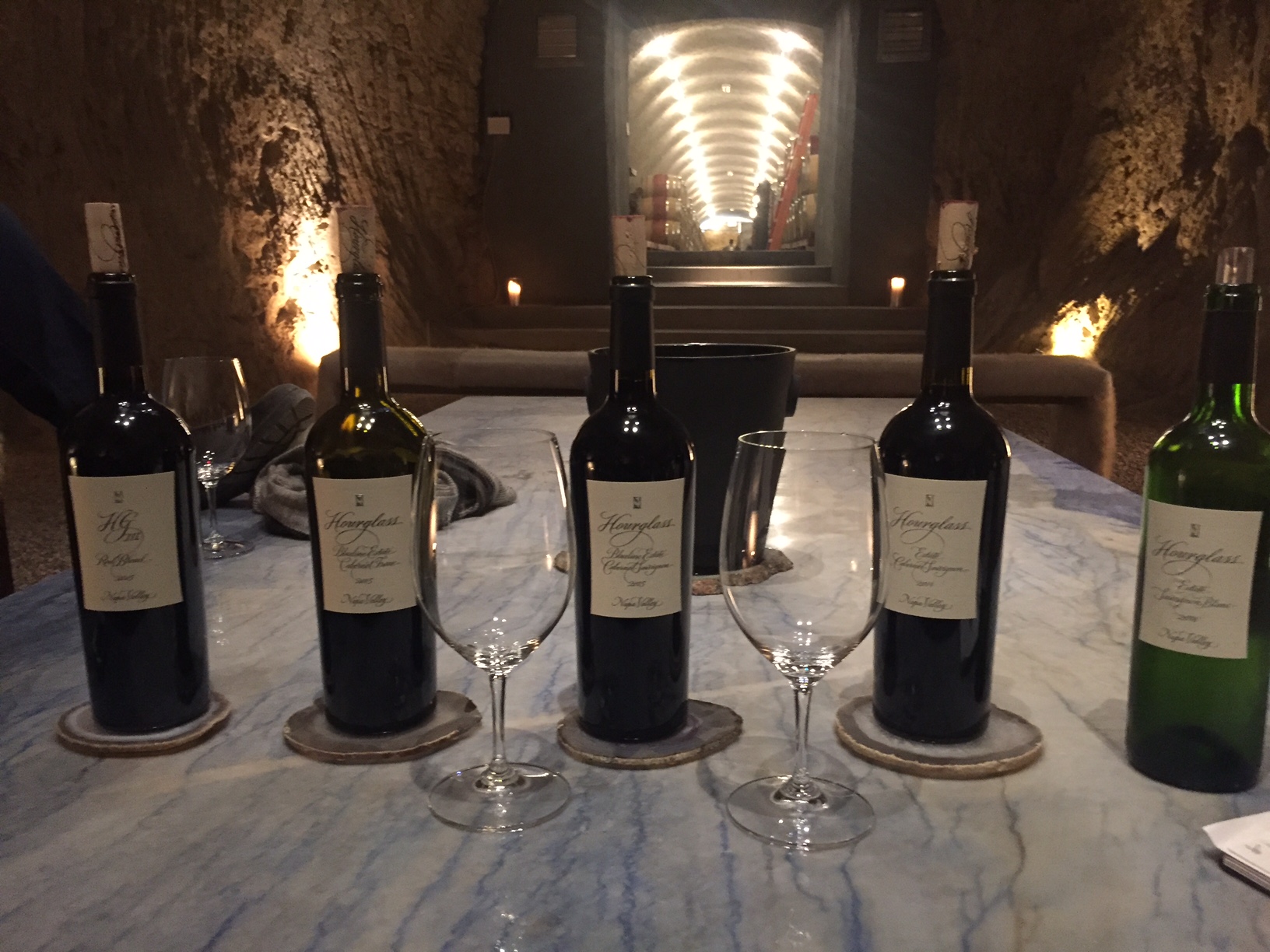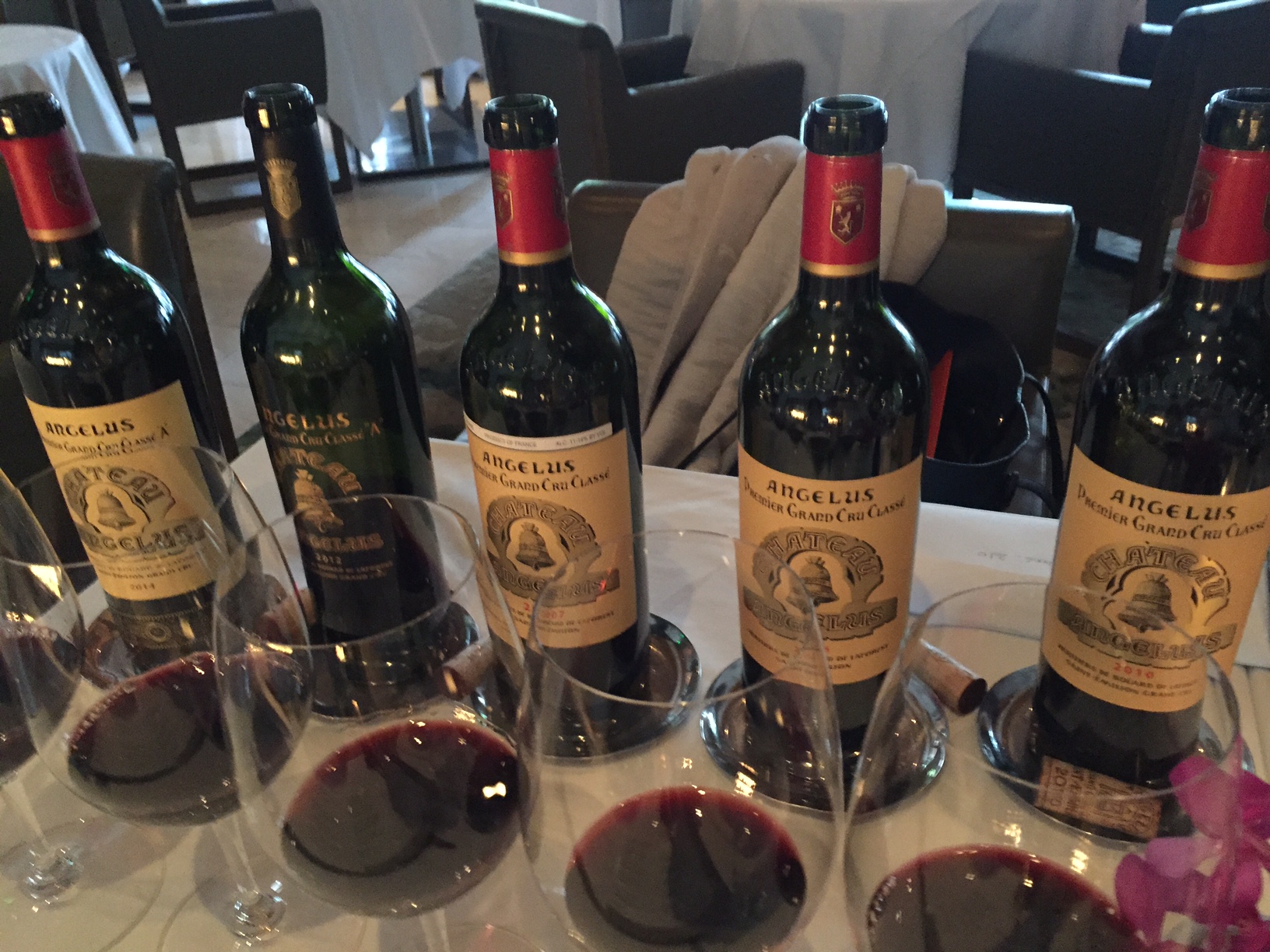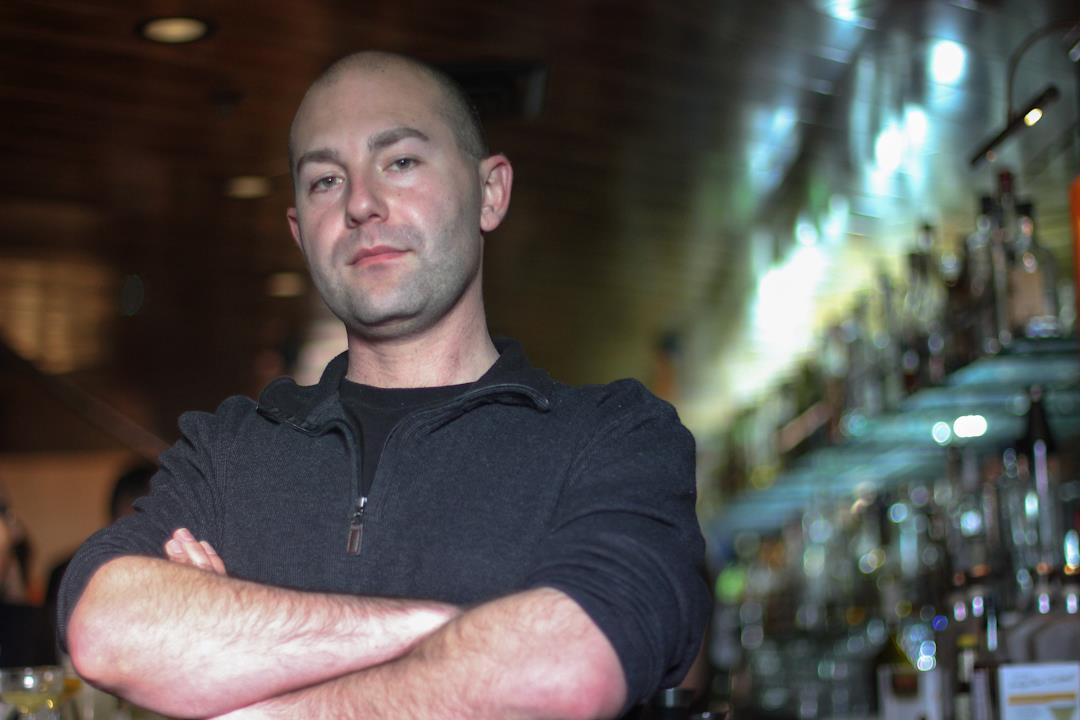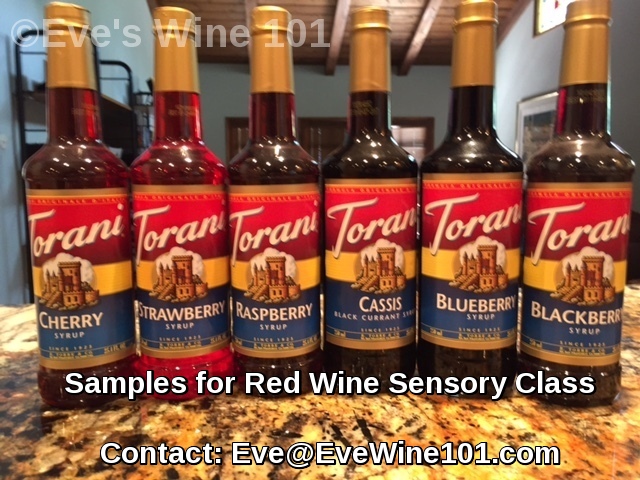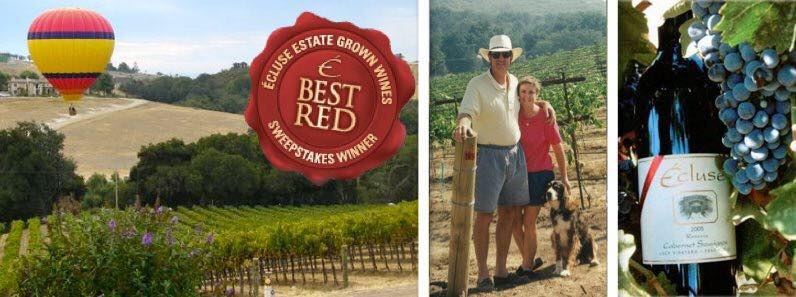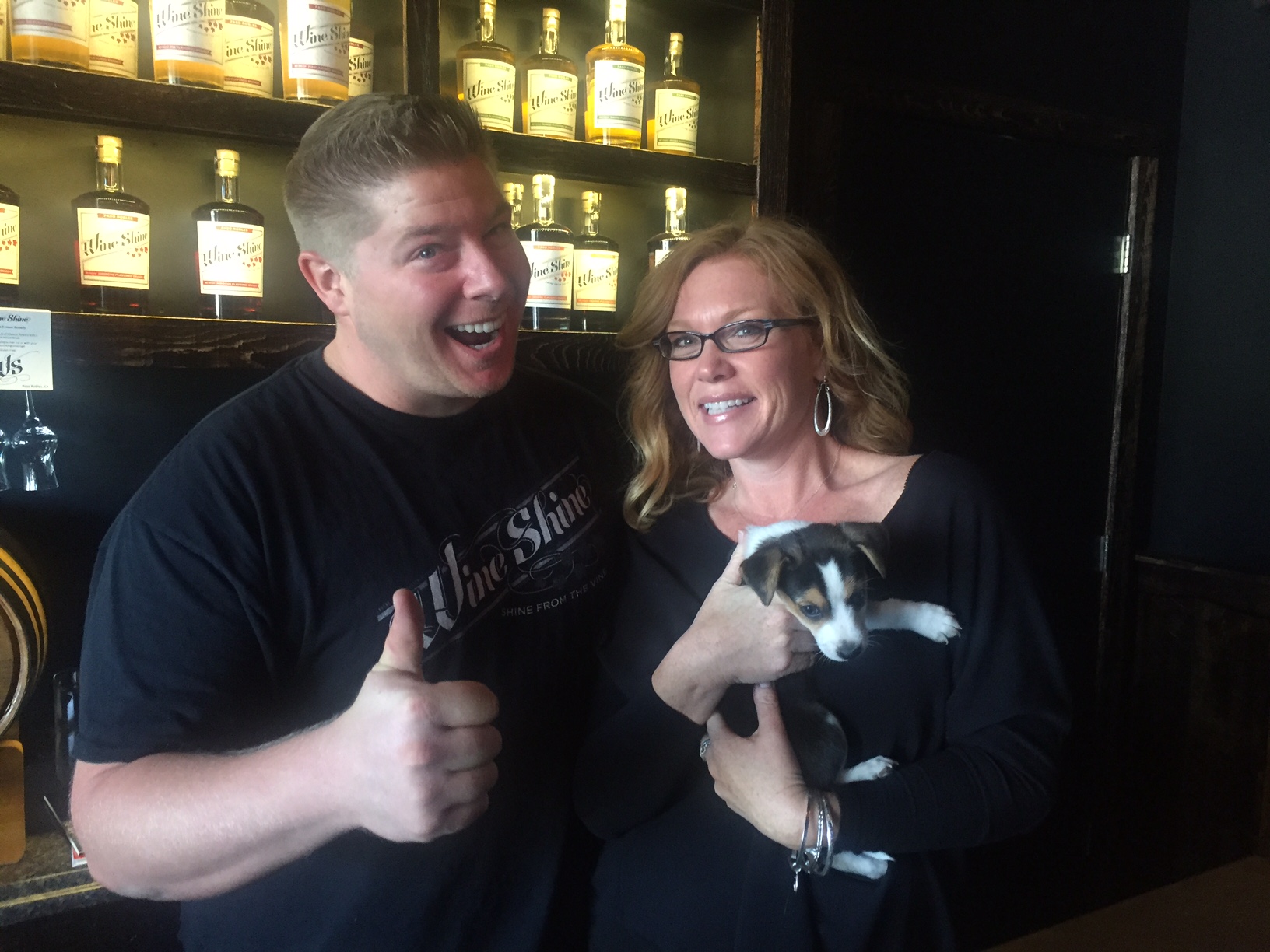
Alexander Valley Vineyards of Healdsburg, California Wins Top Honors
FORT WORTH, Texas (PRWEB) – The Botanical Research Institute of Texas (BRIT®) is pleased to announce the winners in its 2018 International Award of Excellence in Sustainable Winegrowing competition. The platinum medal goes to Alexander Valley Vineyards (AVV) of Healdsburg, California, based on the winery’s on-going sustainable programs that address the three elements of sustainability:…
